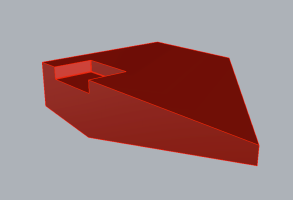How accurate is the gauge to guess for gallons on filling? How large should my tank be?
Sailboat data indicates 30 gallons.
Gauge showing almost 2/3 full was 8 gallons in San Diego.
Gauge showing something like 1/3 full was 12.8 gallons today.
Is it possible I have a 20 gallon tank?
Or is it really 30 and the gauge is crazy?
Sailboat data indicates 30 gallons.
Gauge showing almost 2/3 full was 8 gallons in San Diego.
Gauge showing something like 1/3 full was 12.8 gallons today.
Is it possible I have a 20 gallon tank?
Or is it really 30 and the gauge is crazy?

